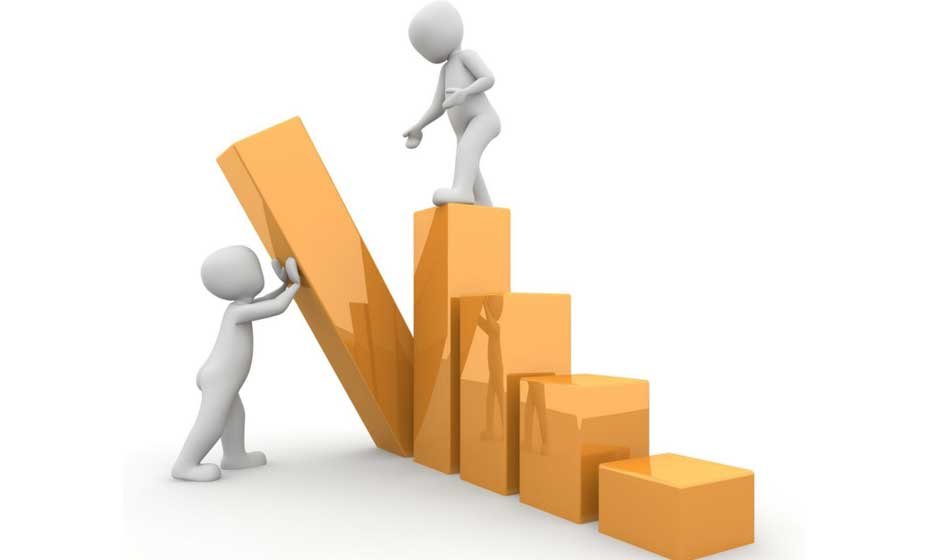Visual storytelling is a powerful tool in creative projects, allowing you to convey complex data in an accessible manner. Among the various data visualization techniques, bar charts stand out for their versatility and clarity.
They not only help simplify data presentation but also enhance the overall aesthetic of your projects. Understanding how to effectively use bar charts can significantly improve your creative outputs, making them more engaging and informative for the audience.
Why Use Bar Charts in Creative Projects?
Bar charts are an essential visual tool that can present comparisons among categories effectively. They help us quickly understand key differences and similarities in data.
This is essential in any creative project. For instance, if you’re an artist sharing last year’s sales data or a designer showcasing design trends, bar charts can boost your message.
Designing an Effective Bar Chart
When it comes to designing bar charts, aesthetics play a vital role. Consider the following elements to maximize their impact:
Color Choices
Selecting the right colors for your project is crucial, as they can drastically impact the mood and atmosphere you’re trying to convey. Bright colors, like red or electric blue, spark excitement and energy. They suit festive or playful themes perfectly.
Font Selection
When it comes to font selection, clarity and readability are essential. Choose clear, readable fonts for labels and titles, avoiding fonts with intricate details or overly ornate designs that can be difficult to decipher. Moreover, ensure that the font you select complements the color scheme of your bar chart.
Layout and Scale
A simple and uncluttered layout is key to an effective bar chart. Keep the chart simple. Too much information can confuse viewers and hide the main message.
The Impact of Bar Charts on Data Understanding
Integrating bar charts into your creative projects can vastly improve your audience’s understanding of the data. According to a study by the Visual Capitalist, people process visuals 60,000 times faster than text. This powerful statistic underscores the value of visual tools like bar charts.
By making information readily digestible, your presentations become more effective.
Using Bar Charts Across Various Creative Media
Bar charts are incredibly versatile and can play a crucial role in a range of creative mediums:
Web Design
When showcasing data on your website, consider using bar charts to concisely and attractively present information. Interactive bar charts, in particular, can take user engagement to the next level. For instance, a hover-over feature can reveal additional data, allowing users to explore the information in more detail.
Presentations
Elevate your presentations by incorporating bar charts that effectively visualize key statistics, supporting your spoken content. This visual aid can help your audience quickly grasp complex data and retain it better. A bar chart shows a company’s growth rate.
Infographics
Infographics help simplify complex information. Bar charts are key to making this easier to understand. By using bar charts to compare data, you can help your audience quickly identify trends and patterns.
Choosing the Right Tools for Creating Bar Charts
Selecting the right tools to create your bar charts is just as important as the design elements. Here are some user-friendly options:
- Canva
- Google Charts
- Tableau
- Excel
Color Psychology in Bar Chart Design
Understanding color psychology can greatly enhance your bar chart’s effectiveness. Colors can evoke specific emotions and associations:
Red
Imagine a fire engine racing down the street, sirens blaring. That’s the kind of energy and urgency that the color red evokes. It’s an attention-grabber, which is why it’s often used in warning signs and advertisements.
Blue
Picture a calm, clear summer sky or a still ocean on a windless day. That’s the kind of trust and calm that the color blue conveys. It’s a natural choice for professional presentations because it puts people at ease and helps them focus on the content.
Green
Think of a lush forest or a freshly cut lawn. The color green is synonymous with growth and safety. It’s perfect for environmentally focused projects because it evokes feelings of nature and harmony.
Yellow
Remember a bright sunny day or a smiley face. That’s the kind of optimism and happiness that the color yellow represents. It’s a natural highlighter, drawing attention to positive data or key information.
Common Mistakes When Using Bar Charts
Despite their advantages, there are common pitfalls to avoid with bar charts. Too many bars can overwhelm your audience. Focus on key data to highlight.
Inappropriate scaling can mislead your audience. Ensure your scale accurately represents the data proportions.
Always provide context for your bar charts. Label axes clearly and include a legend if needed.
Case Studies: Effective Bar Chart Usage
Looking at successful examples can offer invaluable insights. Companies like Airbnb have effectively used bar charts in their annual reports to present user engagement data. Similarly, Spotify utilizes colorful bar charts to visualize user listening habits, making data relatable and engaging.
How to Incorporate Bar Charts Into Your Project Workflow
To make the most of bar charts, consider incorporating them into your project workflow early on. Collect the relevant data points you intend to present. Decide on the type of bar chart that best represents your data (e.g., stacked, grouped, or simple).
Use design software or online tools to create your chart, ensuring it aligns with your overall project theme. Solicit feedback on your chart’s clarity and aesthetic before final integration.
Bringing Your Bar Charts to Life
Enhancing your bar charts can make them more dynamic and engaging. Subtle animations can draw attention to key areas of your chart, improving viewer engagement.
Allow your audience to interact with the chart for a more personalized experience, especially in web formats. Including brief explanations or insights directly on the chart can guide the reader’s understanding.
Expanding Beyond Bar Charts
While bar charts are incredibly effective, combining them with other visualization techniques can enhance your project further. For example, pairing bar charts with pie charts can offer different perspectives on the same data. Utilizing solutions for a pie chart generator can help create a cohesive visual narrative.
Understanding How to Enhance Your Creative Projects with Bar Charts
Incorporating bar charts into your creative projects can dramatically enhance the way information is presented and perceived. By understanding design principles, avoiding common pitfalls, and learning from successful examples, you can create impactful visuals that resonate with your audience.
Embrace bar charts and let your creativity shine! Visit our blogs for more!
















